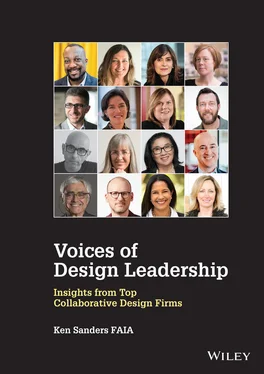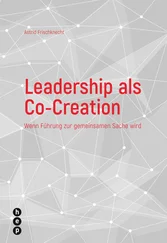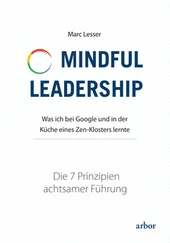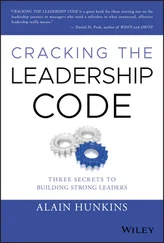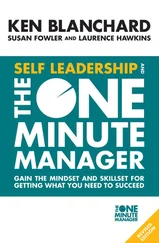Ken Sanders - Voices of Design Leadership
Здесь есть возможность читать онлайн «Ken Sanders - Voices of Design Leadership» — ознакомительный отрывок электронной книги совершенно бесплатно, а после прочтения отрывка купить полную версию. В некоторых случаях можно слушать аудио, скачать через торрент в формате fb2 и присутствует краткое содержание. Жанр: unrecognised, на английском языке. Описание произведения, (предисловие) а так же отзывы посетителей доступны на портале библиотеки ЛибКат.
- Название:Voices of Design Leadership
- Автор:
- Жанр:
- Год:неизвестен
- ISBN:нет данных
- Рейтинг книги:3 / 5. Голосов: 1
-
Избранное:Добавить в избранное
- Отзывы:
-
Ваша оценка:
- 60
- 1
- 2
- 3
- 4
- 5
Voices of Design Leadership: краткое содержание, описание и аннотация
Предлагаем к чтению аннотацию, описание, краткое содержание или предисловие (зависит от того, что написал сам автор книги «Voices of Design Leadership»). Если вы не нашли необходимую информацию о книге — напишите в комментариях, мы постараемся отыскать её.
Voices of Design Leadership
Voices of Design Leadership
Voices of Design Leadership — читать онлайн ознакомительный отрывок
Ниже представлен текст книги, разбитый по страницам. Система сохранения места последней прочитанной страницы, позволяет с удобством читать онлайн бесплатно книгу «Voices of Design Leadership», без необходимости каждый раз заново искать на чём Вы остановились. Поставьте закладку, и сможете в любой момент перейти на страницу, на которой закончили чтение.
Интервал:
Закладка:
Third, it speaks to the emotional resilience of leaders: adapting to stressful situations, overcoming setbacks, and maintaining personal health and well-being. It is about work/life balance and the importance of taking time off to exhale and reenergize. The traits of emotional resilience include self-awareness, self-empathy, optimism, a willingness to acknowledge and learn from mistakes, and a healthy sense of humor.
Virtually every activity that takes place within a design firm can be connected to Results, Relationships, Reputation, and Resilience. As an organizing framework, The Four R’s can be used to evaluate and prioritize proposed initiatives and investments. The first question to ask when considering a new idea: which of the Four R’s does it support and how will it create value for the firm or its clients? If the answer is unclear, proceed with caution.
Lifelong Learning
A wise teacher learns in the midst of teaching; a wise student teaches in the midst of learning.
– Mollie Marti 6
Most leading design firms invest in formal learning programs for their talent. Professional organizations such as AIA and IIDA also require annual continuing education in order to maintain membership. Such internal and external programs can supplement the organic learning that takes place within project teams, and each can be calibrated to the clients, markets, geographies, and project types with which a firm is engaged.
Lifelong learning is more than curricula, however. It is the joy of curiosity and a desire to constantly learn from your clients, colleagues, friends, even the kid who lives across the street. As Austin Kleon wrote in Steal Like an Artist: 10 Things Nobody Told You About Being Creative , “if you ever find that you’re the most talented person in the room, you need to find another room.”
Personally, I enjoy the moments when someone changes my opinion and I always let them know it. I want people around me to feel comfortable and rewarded in challenging and influencing my perspectives. It is an important way that I learn, and I openly encourage it.
As a leader, how you react to opinions different than your own directly affects how frequently they will be shared with you. And design leaders need diverse opinions and perspectives. It does not mean you need to agree with them, but your decisions will be better informed and you will gain greater confidence in the intended outcomes.
Generational Technology
As Alan Kay famously said, “technology is anything invented after you were born.” To each new generation, the tools and methods considered by the prior generation to be technology are just a normal, day-to-day part of life. For my grandparents, the telephone was technology. For my parents, television was technology. For my generation, personal computers and the Internet are technologies. For my children, none of them are. Compared to the prior, each new generation is unafraid of technology because to them, it is not. It is just how the world works.
A personal reminder took place during a trip to Brazil six years ago. My wife Regina and I were enjoying lunch in São Paulo with our extended family, including our niece Giulia, who was six years old at the time. Although the Apple Watch had not yet been introduced in Brazil, I had purchased my first one in the US a few months earlier and happened to be wearing it that day.
Giulia noticed my new watch and asked if she could take a look. I handed it to her and she quickly strapped it on her wrist. As the adults around her continued chatting, she began tapping and swiping. When she handed the watch back to me a few minutes later, it featured a new Mickey Mouse watch face.
Through her own intuition and instinct, my six-year-old had niece had quickly mastered the user interface of a product she had never seen before. To Giulia, the watch was not technology at all. It was just a tiny iPad. She swiped to Settings, scrolled through the collection of watch faces until she saw Mickey Mouse, and clicked Save. No training was required.
As the world continues to change rapidly, the very definition of technology is altered with each generation. In Chapter 15, Nader Tehrani points out how such rapid change has reshaped the curricula at The Cooper Union: “So much has transformed in terms of practice, it would be a waste of time to attempt to establish a direct correspondence between what one learns and what one practices. At best, what we can do in school is to develop a curious mind, analytical skills, or a critical mind, such that the graduate can translate those capacities into worldly practices as circumstance warrant.”
This is referred to by some as meta learning: the process of learning how to learn. Meta learning requires an awareness and understanding of the phenomenon of learning itself, far beyond the short-term objective of obtaining specific knowledge. Learning never ends.
But it all starts with individual attitude. Design professionals who are committed to lifelong learning and feeding their own curiosity are usually those who emerge as influential citizens and MVP talent.
Gensler University
Few strategies are more critical to an organization’s long-term success than identifying and developing new leaders. As mentioned in the opening chapter, I was privileged to co-lead three Gensler University (GU) programs, each of which included eighteen to twenty-four next-generation leaders. In addition to the workshops and speakers, each class was asked to collaborate and propose initiatives for pursuing a strategic opportunity for the firm.
The theme of GU 2007 was “Think Blue,” inspired by the book Blue Ocean Strategy by W. Chan Kim and Renée Mauborgne. It was required reading for all students. The book introduces a strategy the authors call “value innovation,” which aims to increase client value and reduce delivery costs simultaneously, thereby creating “blue oceans” of opportunity as opposed to “red oceans” filled with competitors.
The GU 2007 class, which I co-led with Janine Pesci, 7was asked by Gensler’s co-CEOs to develop strategies to help fuel the firm’s global growth over the next decade. Over a period of eighteen months, the team met in person three times (once in Los Angeles, once in London, and once in Washington DC) and virtually at least once a month. Janine and I were coaches and facilitators more than instructors. The success of each class primarily depended on their ability to build trusted relationships with each other and collaborate effectively.
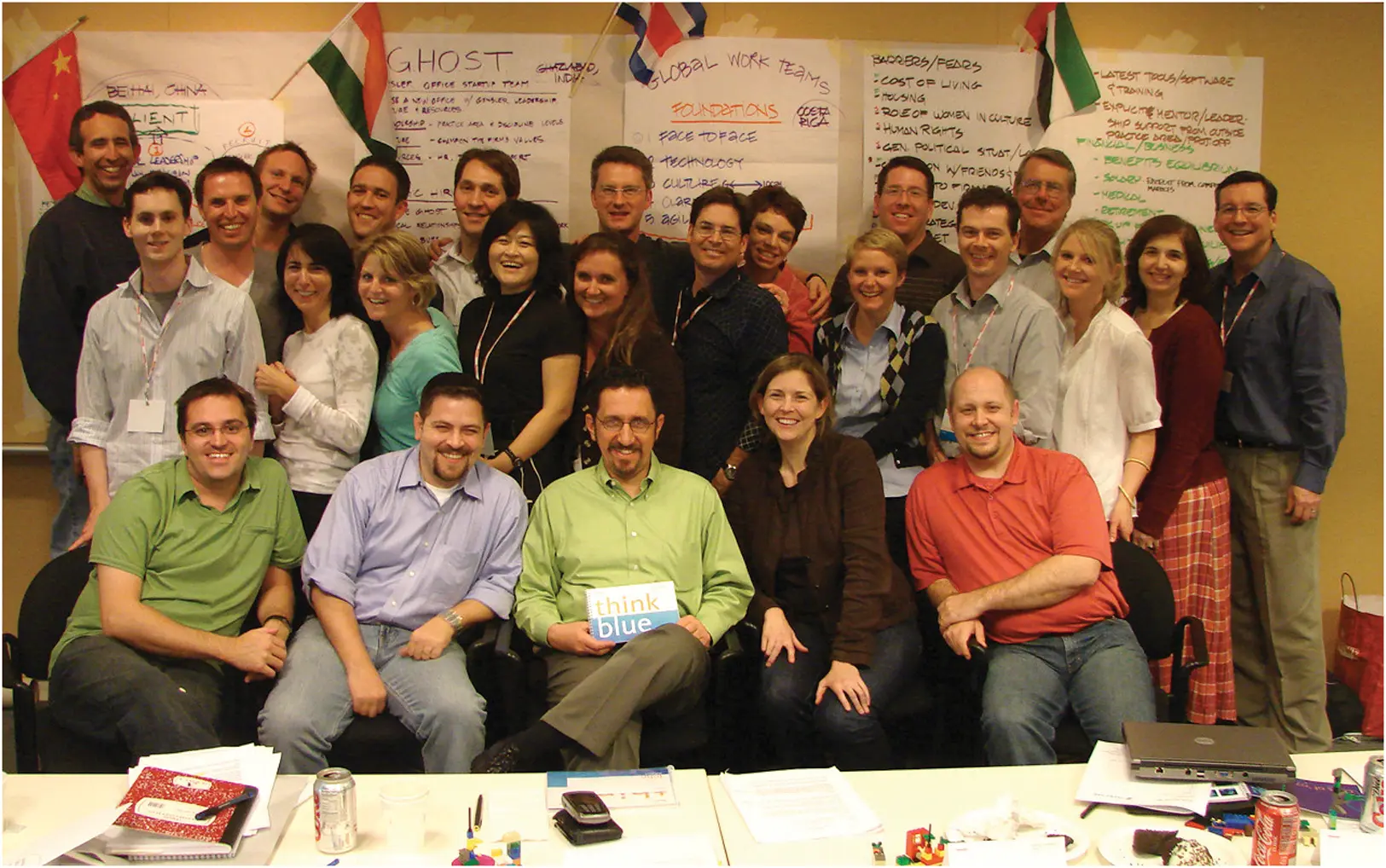
Gensler University 2007. Left to Right, Front Row: Dave Broz, Wyett Baker, Ala Hason, Theresa Shiels, Andrew Bennett. Middle Row: Chris Curson, Carolina Tombolesi, Kate Kirkpatrick, Xiaomei Lee, Stephanie Burritt, John Adams, Jill Goebel, Lisa Bierenger, Fergal Walsh, Lindsey Diethrich Sena (executive assistant), Janine Pesci (co-leader), Ted Kollaja. Back Row: Jim Oswald (facilitator), Duncan Swinhoe, Kevin Heinly, Robert Fuller, Johnathan Sandler, Rob Wood, Ryan Haines, Ken Sanders (co-leader). Photo Credit: Photo by Gensler.
At the conclusion of GU 2007, their proposals were presented to Gensler’s co-CEOs. Among the recommendations were a formalized talent exchange program between global offices known as GenslerExchange, and a Global Office Start-up Team (GOST) to share best practices and lessons learned with the leaders of new global offices.
Versions of both proposals were implemented and helped accelerate Gensler’s global expansion during the next decade. In 2007, the firm had six offices located outside of the US: London, Tokyo, Shanghai, Beijing, Dubai, and San José (Costa Rica). Today, it has eleven more: Bogota, Mexico City, Birmingham, Munich, Paris, Abu Dhabi, Hong Kong, Bangalore, Bangkok, Singapore, and Sydney.
Читать дальшеИнтервал:
Закладка:
Похожие книги на «Voices of Design Leadership»
Представляем Вашему вниманию похожие книги на «Voices of Design Leadership» списком для выбора. Мы отобрали схожую по названию и смыслу литературу в надежде предоставить читателям больше вариантов отыскать новые, интересные, ещё непрочитанные произведения.
Обсуждение, отзывы о книге «Voices of Design Leadership» и просто собственные мнения читателей. Оставьте ваши комментарии, напишите, что Вы думаете о произведении, его смысле или главных героях. Укажите что конкретно понравилось, а что нет, и почему Вы так считаете.
